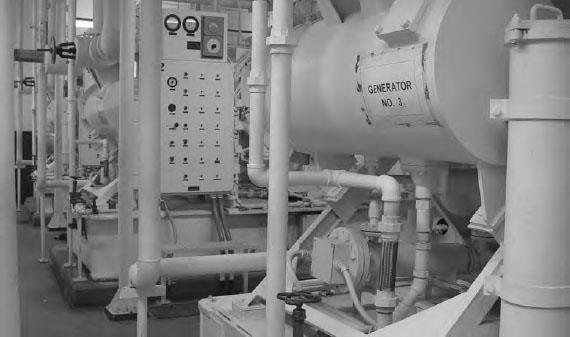MagnetismElectromagnetism |
What were the implications of Oersted’s discovery? |
The fact that moving charge in a wire could create a magnetic field created a great deal of excitement and enthusiasm in the scientific community. A week after hearing about Oersted’s discovery, French physicist and mathematician André-Marie Ampere (1775-1836) gave a presentation at the French Academy of Sciences that extended Oersted’s experiments and contained detailed analyses. A day later he found that two parallel current-carrying wires would either attract or repel each other depending on the relative directions of the currents. Ampere’s greatest contribution, however, was the mathematical theory he created for electricity and magnetism.
British chemist and physicist Michael Faraday’s (1791-1867) philosophy led him to search for connections between phenomena like electricity, magnetism, and light. In 1821 he invented what is now called a homopolar motor. One end of a wire was suspended from a support so that it could swing in any direction. The other end of the wire contacted a pool of mercury. When Faraday put current through the wire the end in the mercury traced out a circle.
The force that Faraday had observed wasn’t formalized until 1891 and then by the Dutch physicist Hendrik Antoon Lorentz (1853-1928). This force, called the Lorentz Force Law, is proportional to the current through the wire, the magnetic field, and the length of the wire. The force, which is perpendicular to both the current and the magnetic field, is strongest when the current and field are at right angles. This force is the basis of motors and many other applications.
When Faraday published his results he failed to give credit to two other important scientists and he was given assignments to work in other fields. Nevertheless he continued to do experiments on the effects of magnetic fields. For example, he found that when dense glass was put in a magnetic field the direction of polarization of light going through the glass was rotated. He spent ten years searching for ways to create a current from a magnetic field. Finally, in 1831 he tried changing the magnetic field and made the crucial discovery that an electric current is produced by a changing magnetic field. The current, a flow of charges, is produced by an electric field exerting forces on the charges. Faraday went on to invent the dynamo, an early electric generator. The American high school physics teacher Joseph Henry (1797-1878) made the discovery at almost the same time.

